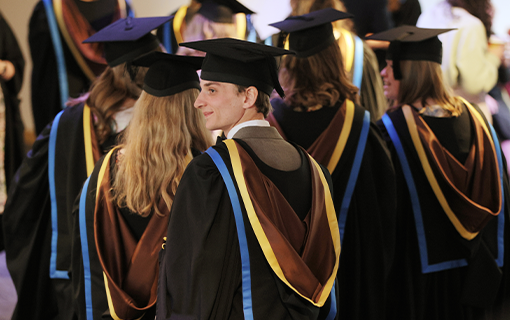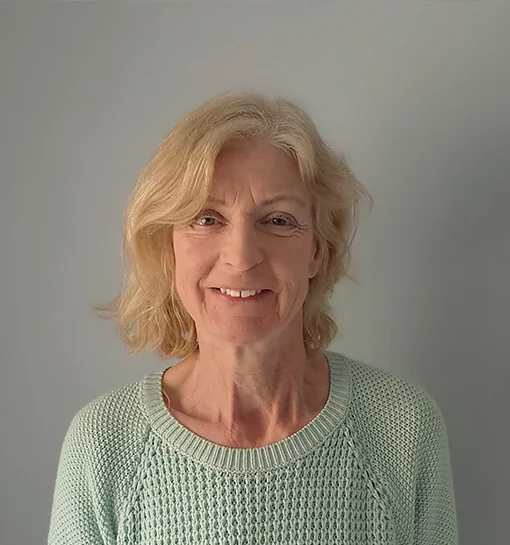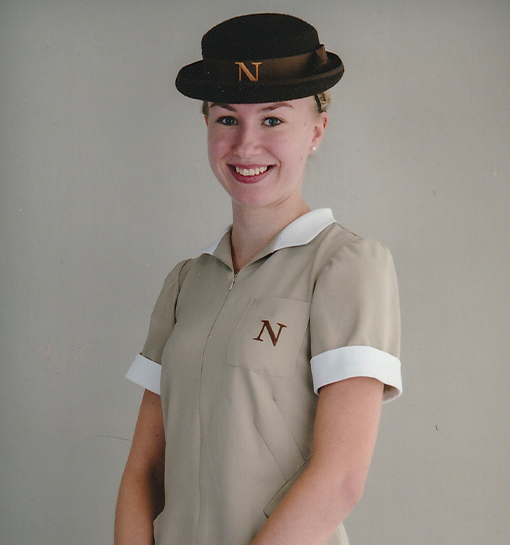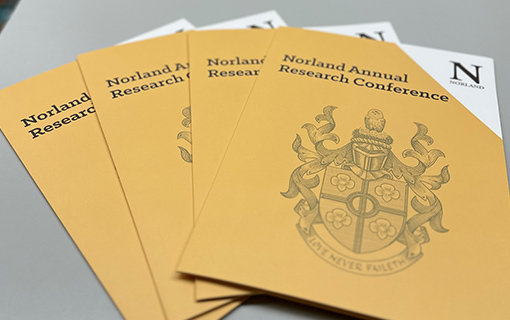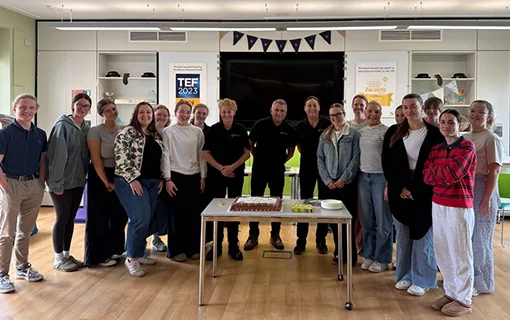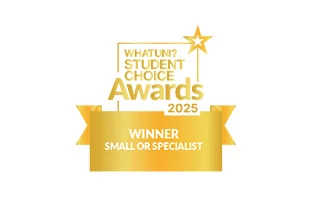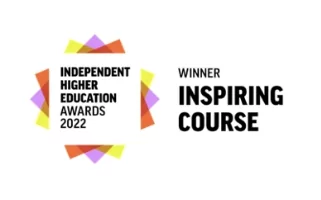The history of Norland in 13 objects: the Norland coat of arms
29 March 2023

The twelfth object in our series celebrating Norland’s 130th anniversary is also one of our most recent items. In 2021, Norland was granted an official coat of arms by the College of Arms.
The beautiful heraldic artwork was unveiled in March 2022 to mark Norland’s 130th anniversary year and the first Norland-awarded degree graduation ceremony, since being granted degree-awarding powers by the Privy Council in 2019. The coat of arms reflects Norland’s proud pioneering heritage, its values and its ambition to become the world’s first specialist early years university.
The Norland coat of arms is rich in symbolism. At the top of the coat of arms is a guardian owl sitting in its nest with three owlets. The owlets vary in size symbolising the varying ages of the children cared for by Norland Nannies. Owls are known for their wisdom and loving watchfulness, and they represent the exceptional training, knowledge and nurturing commitment of Norlanders who support the optimal growth, confidence, development and independence of their charges.
The shield features four speedwell flowers, which have been an important symbol of Norland since its early days, presented in the four corners of the crest. The term speedwell comes from an old meaning of the word speed, meaning ‘to thrive’ – apt for Norlanders and their work with children.
Representing joyfulness, healing and recovery, the use of speedwell flowers is first recorded in 1902 at the inaugural long-service badge awarding ceremony. The event is detailed in the Norland Quarterly of summer 1902. Norland Nurses (as they were then known) “were arrayed in strict Norland uniform, viz., the easily recognised cornflower blue dress, insertion apron, and brown summer bonnet, and all looked spotless” to receive their individually inscribed speedwell badges “for no less than five years faithful work.”
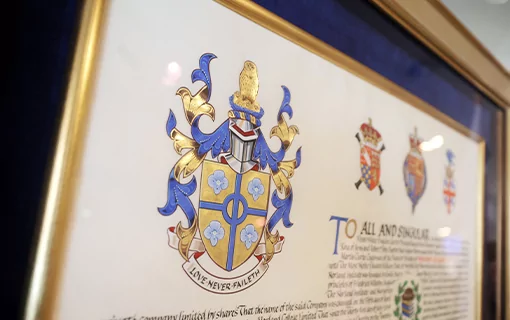
The predominant colour in the Norland coat of arms is gold, reflecting the gold standard of teaching afforded to Norlanders over its 130-year history. In 2018, this standard was officially recognised when Norland was awarded a Gold rating in the government-backed Teaching Excellence Framework (TEF) awards, the highest grade achievable. Norland received a TEF Gold rating for a second time in 2019, the same year that Norland was granted degree-awarding powers by the Privy Council.
The blue cross pattern at the centre of the arms can be constructed using the wooden blocks present in Froebel’s educational gift box five. Norland’s founder and educational pioneer Emily Ward became president of the Froebelian Society in 1900. At the centre of Froebelian teaching is the encouragement of open-ended play. These gift boxes were designed to support children’s learning and development in 1840 for Froebel’s kindergartens by providing opportunities for creativity, imagination and problem-solving.
Gift box five has within it a selection of wooden blocks, with which children can build objects familiar to them and experiment to create something of their own imagination. This encouragement of independent thought is central to Emily Ward’s childcare philosophy.
At the bottom of the coat of arms is a ribbon with one of Norland’s twin founding mottoes ‘Love Never Faileth’ written across it. This is taken from the revised version of St Paul’s letter to the Corinthians, chapter 13, verse 8. Emily Ward selected this verse to be the guide for all her students, to remind them that love must be the driving force behind their actions. Emily Ward’s attitudes to childcare were ground-breaking at the time. She was against the use of corporal punishment for disciplining children, which in Victorian England was considered acceptable practice. ‘Love Never Faileth’ along with its twin motto ‘Strength in Adversity’ have remained central to Norland’s values since its foundation in 1892.
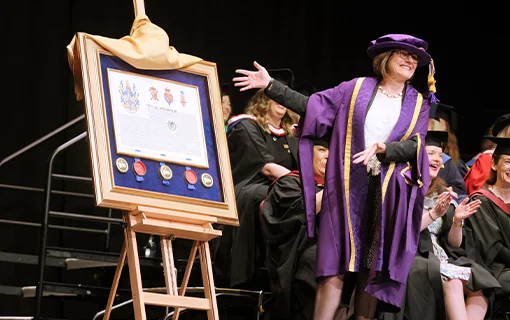
The 141st cohort of students (known as Set 41) took its place in history in 2022 as the very first to graduate with a Norland-awarded degree. The graduates proudly wore the new Norland graduation gown with its symbolic colours of brown, blue and gold and received the first degree certificates adorned with the newly commissioned coat of arms.
The agent commissioned to the Norland coat of arms was David White, Garter, Principal King of Arms. The grant is signed by Mr White, Timothy Duke, Clarenceux, King of Arms and Robert Noel, Norroy and Ulster, King of Arms. The Norland emblem was among the first to be granted by the group, who designed this as a “tribute to the origin and intention of Norland.”
The heraldic design symbolises both Norland’s heritage and its future. In establishing Norland and creating the profession of the trained nursery nurse in 1892, Emily Ward recognised the need for proficient early years childcare to positively shape future generations. This ethos is continued at Norland today.
In its mission to become the first early years university in the world, Norland maintains a specialist nurturing and collaborative learning community that challenges and enhances the professionalism and expertise of its staff, students and graduates and promotes their strengths to drive progressive change. Throughout its constant development Norland’s values have remained the same, with children being at the centre of all decisions and Norland’s founding mottoes ‘Love Never Faileth’ and ‘Strength in Adversity’ being central to its values.
